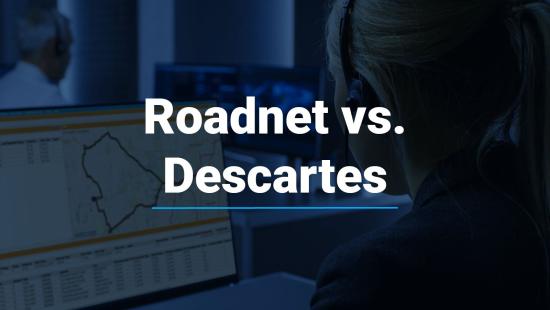Robotic Process Automation Improves Last Mile Delivery Performance
Most logistics organizations still see a wide discrepancy in the results produced by their planners for their last mile delivery operations despite advances in route planning technologies in recent years. Some planners consistently generate route plans that are lower cost, better utilize resources, and deliver the best customer service.
Considering that these better performers are using the same route optimization technology the rest of their planning cohorts, how can this be?
The Importance of Route Planning Best Practices
The problem is most likely not the optimization technology, but the approach to transportation planning. Rather than letting each planner determine their unique approach, route planning best practices can be identified and standardized. Robotic process automation (RPA) can take these practices and through consistent and “lights out” execution make every planner perform at the level of your best planner.
For all but the simplest route planning problems, creating the best plan is not as simple as loading data and hitting the “optimize” button. Instead, the best planners go through multiple steps to generate optimal results.
Some multi-step planning approaches include:
- Filtering and assigning complex deliveries to the limited set of resources that can handle them before assigning the rest of the deliveries.
- Using multiple optimization techniques sequentially to squeeze out the best results.
The more competent route planning organizations do a good job at documenting and enforcing planning best practices. Even these organizations, however, still see inconsistent results, with planners spending too much time manually executing the planning process and elongated training cycles for new resources. The more complex the planning process, the greater these challenges.
INDUSTRY EBOOK
Best Practices for Last Mile Delivery
The ultimate delivery strategy is to use delivery information and capability to measurably improve the customer experience in some meaningful way that creates competitive differentiation. It is the combination of capability and information around the delivery that allows the customer to do something that enhances their business or experience. Download the eBook to learn more.
Building Better Plans with Robotic Process Automation
Companies also want to shorten planning cycles to allow for later cut off dates and react more quickly to changing customer demand. Rather than waiting for planners to go through their processes, last mile operators want their plans to be generated automatically, cutting the planning cycle time and focusing resources on managing exceptions.
Robotic process automation is a technology that has emerged over the last several years to standardize and automate business processes and direct application in route planning. RPA technology creates “bots” that can automate processes, manipulate data, invoke optimization technologies and interact with other systems. Essentially, RPA can model the steps that best planners take to produce superior results for all planners.
Besides consistently superior plans, the benefits of RPA-based route planning are numerous:
- Bots are “always on” and can plan continuously and over a longer horizon to maximize planning results.
- Bots reduce the overall planning cycle and possibly the required planning resources because they are presented with an optimal plan and only have to focus on exceptions.
- Bots can automate and streamline the planning process to reduce planning latency, which makes logistics operations more responsive and agile.
- Multiple bots can be deployed simultaneously to scale to large/complex planning environments.
- Bots can constantly communicate with execution systems for better control of logistics processes.
- Bots foster centralized route planning, which can not only improve overall transportation productivity and consistency but also focus planning resources on higher value problems and continuous improvement.
Conclusion
Consistently getting the best results across route planners has always been challenge for logistics organizations. Robotic process automation is allowing route planning organizations to maximize their effectiveness and perform at levels that are not possible to reach by humans alone. How is your fleet organization using RPA?
Download the Article
Robotic Process Automation Improves Last Mile Delivery Performance
Fleet Resource Center
Expand Your Routing, Mobile & Telematics Knowledge
Recommended For You




